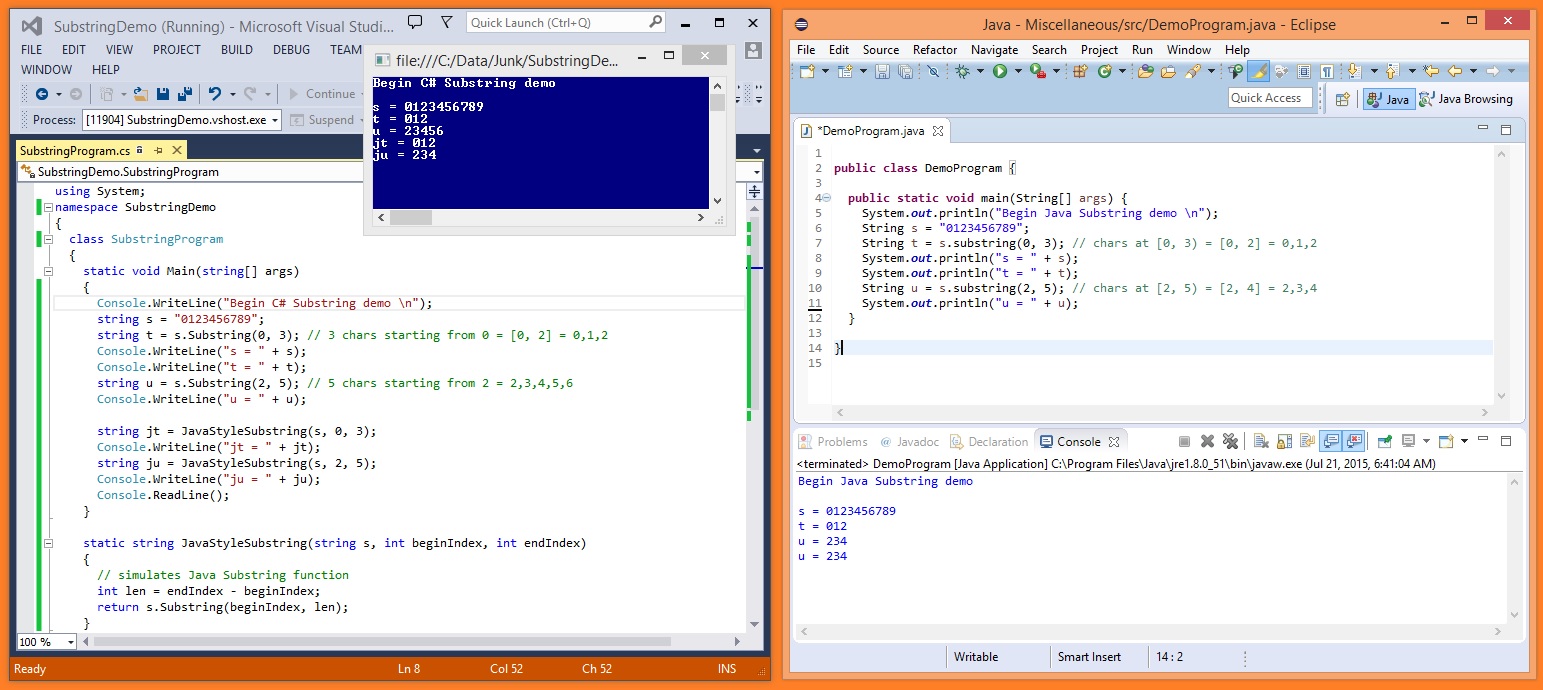

In the 1980s, the more complicated regexes arose in Perl, which originally derived from a regex library written by Henry Spencer (1986), who later wrote an implementation for Tcl called Advanced Regular Expressions. Regexes were subsequently adopted by a wide range of programs, with these early forms standardized in the POSIX.2 standard in 1992.

Many variations of these original forms of regular expressions were used in Unix programs at Bell Labs in the 1970s, including vi, lex, sed, AWK, and expr, and in other programs such as Emacs (which has its own, incompatible syntax and behavior). Ross implemented a tool based on regular expressions that is used for lexical analysis in compiler design. Around the same time when Thompson developed QED, a group of researchers including Douglas T. He later added this capability to the Unix editor ed, which eventually led to the popular search tool grep's use of regular expressions ("grep" is a word derived from the command for regular expression searching in the ed editor: g/ re/p meaning "Global search for Regular Expression and Print matching lines").
#Minimum window substring java code
For speed, Thompson implemented regular expression matching by just-in-time compilation (JIT) to IBM 7094 code on the Compatible Time-Sharing System, an important early example of JIT compilation. Among the first appearances of regular expressions in program form was when Ken Thompson built Kleene's notation into the editor QED as a means to match patterns in text files. Regular expressions entered popular use from 1968 in two uses: pattern matching in a text editor and lexical analysis in a compiler. Other early implementations of pattern matching include the SNOBOL language, which did not use regular expressions, but instead its own pattern matching constructs. These arose in theoretical computer science, in the subfields of automata theory (models of computation) and the description and classification of formal languages. Regular expressions originated in 1951, when mathematician Stephen Cole Kleene described regular languages using his mathematical notation called regular events. History Stephen Cole Kleene, who introduced the concept Regular expressions are supported in many programming languages. Regular expressions are used in search engines, in search and replace dialogs of word processors and text editors, in text processing utilities such as sed and AWK, and in lexical analysis. Different syntaxes for writing regular expressions have existed since the 1980s, one being the POSIX standard and another, widely used, being the Perl syntax. They came into common use with Unix text-processing utilities. The concept of regular expressions began in the 1950s, when the American mathematician Stephen Cole Kleene formalized the concept of a regular language.

Regular expression techniques are developed in theoretical computer science and formal language theory. Usually such patterns are used by string-searching algorithms for "find" or "find and replace" operations on strings, or for input validation. Blue highlights show the match results of the regular expression pattern: /h+/ g (the letter h followed by one or more vowels)Ī regular expression (shortened as regex or regexp sometimes referred to as rational expression ) is a sequence of characters that specifies a match pattern in text.


 0 kommentar(er)
0 kommentar(er)
